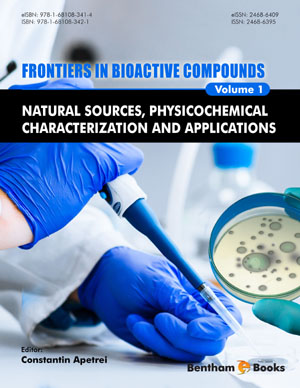Abstract
Most of the biological processes, either normal or pathological, are based on molecular recognition. Molecular recognition, defined as the ability of one molecule (host) to “recognize” another molecule (guest), which presents complementarity, mainly through bonding interactions and molecular geometry, may be exploited in the analytical sciences, as long as the specific interaction produces a detectable change that can be measured by an instrument. The most impactful and acknowledged analytical use of molecular recognition has been recorded in separation sciences, namely in solid phase extraction and affinity chromatographic applications, but also in optical and electrochemical chemo- and biosensing. In living organisms the molecular recognition system is represented by natural receptors, characterized by the highest affinity and specificity, being the natural targets for toxins and mediators of physiological processes. By consequence, a large variety of bioelements, such enzymes, antibodies, nucleic acids, and cells were investigated in the last decades, being integrated in various separation and sensing devices which were successfully applied in biomedical and environmental analyses or monitoring. However, their isolation, purification, stability and cost are critical issues. Therefore, the development of artificial biomimetic receptors, such as cyclodextrins and derivatives, calixarenes, ligands (valinomycine, crown-ethers, etc.), aptamers, and molecularly imprinted polymers focused the attention of many research groups. The most recent achievements in the field of analytical sciences based on molecular recognition, such as separation techniques (solid phase extraction, chromatography, electrophoresis), and sensing (electrochemical, optical, etc.) are revised.
Keywords: Antibodies, Aptamers, Biomimetic receptors, Calixarenes, Chiral discrimination, Cyclodextrins, DNA, Electrochemical sensors and biosensors, Guest-host interaction, Molecular recognition, Molecularly imprinted polymers, Separation methods.






















